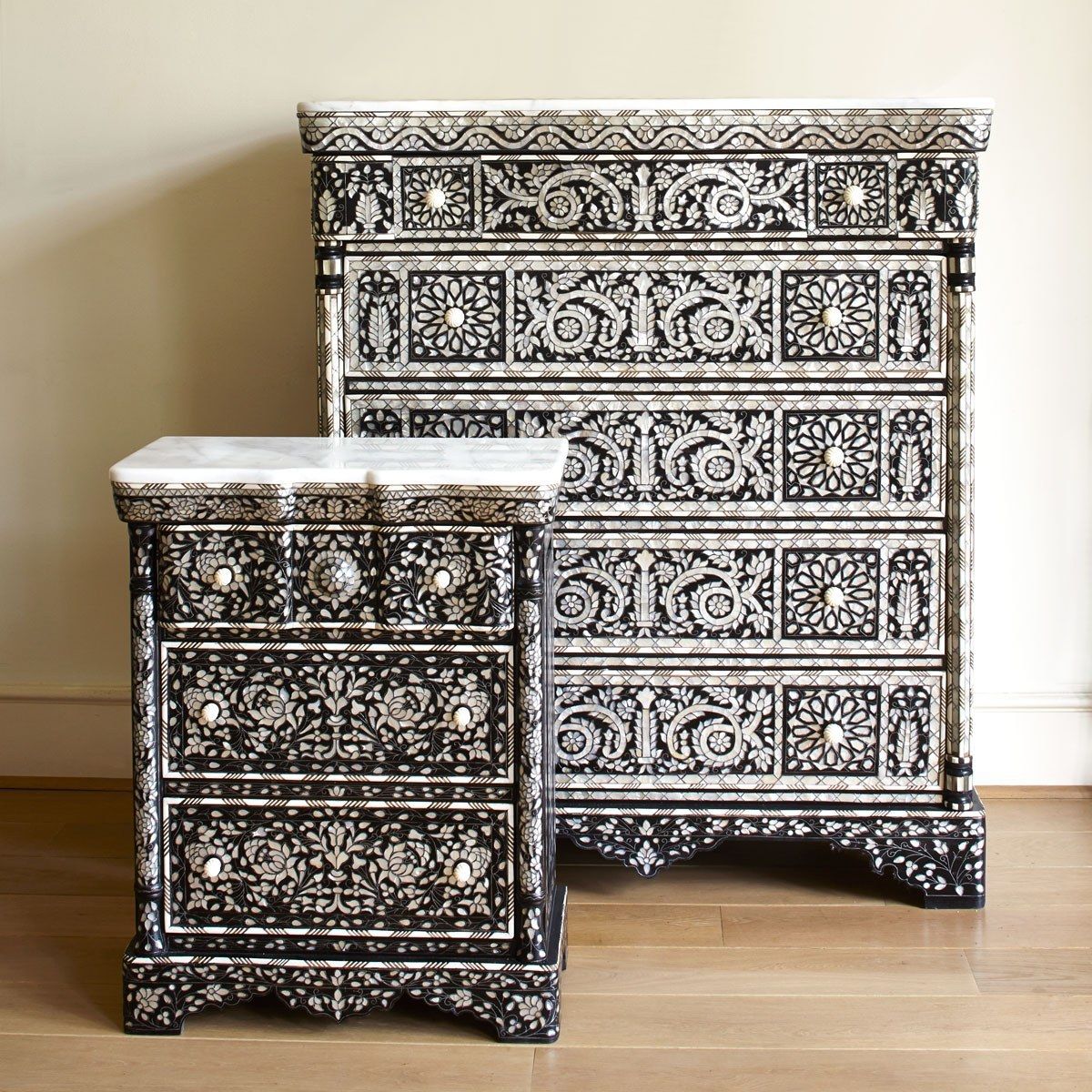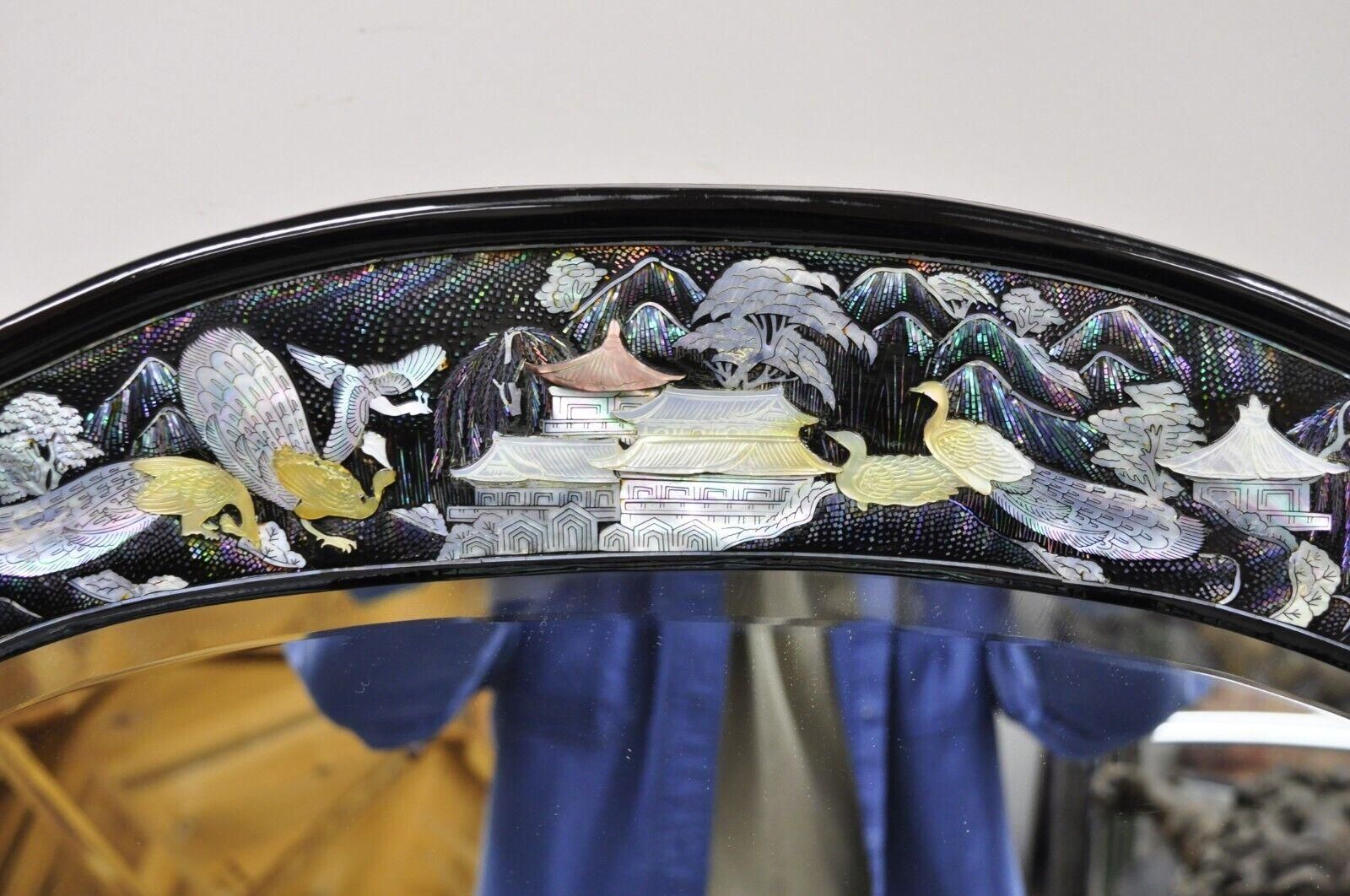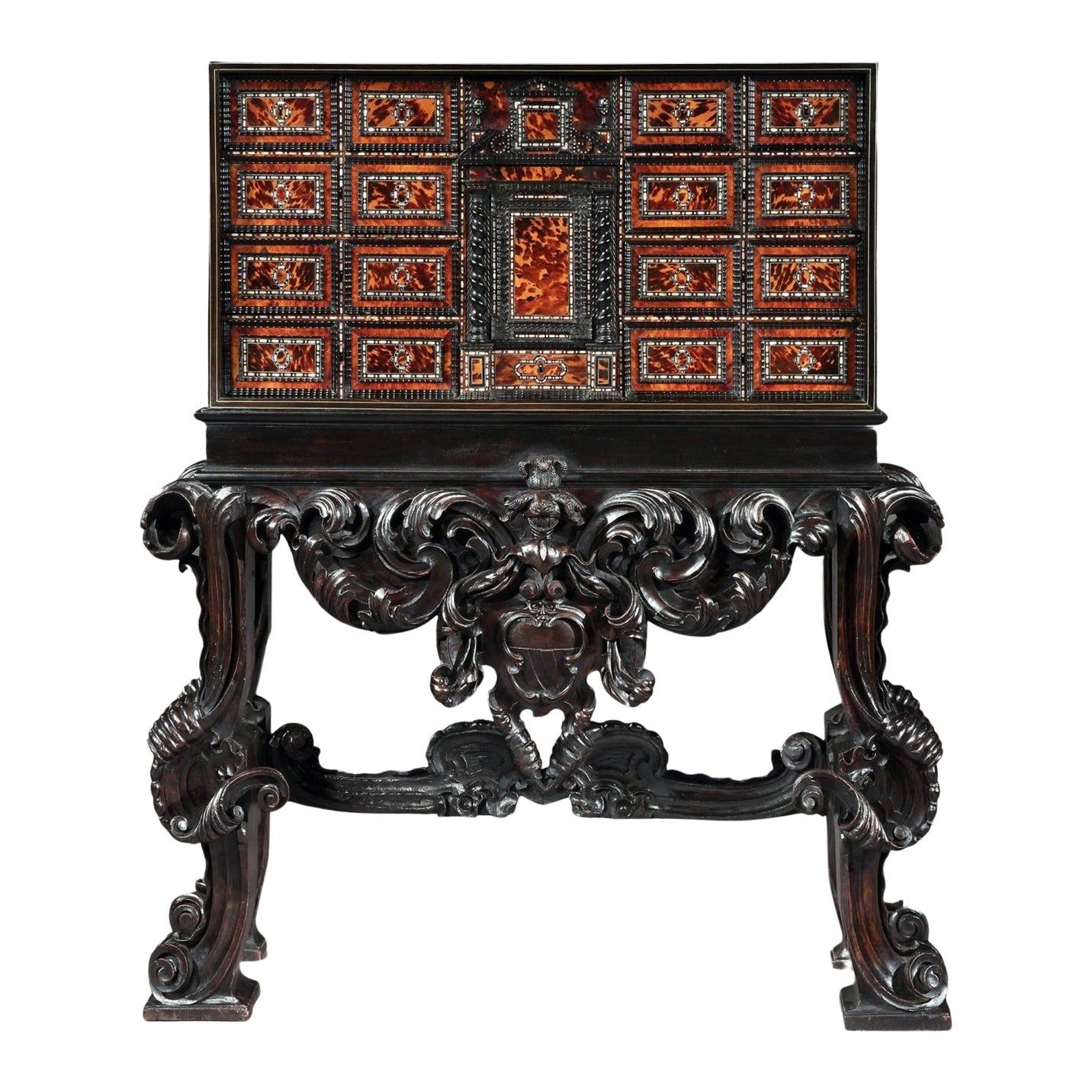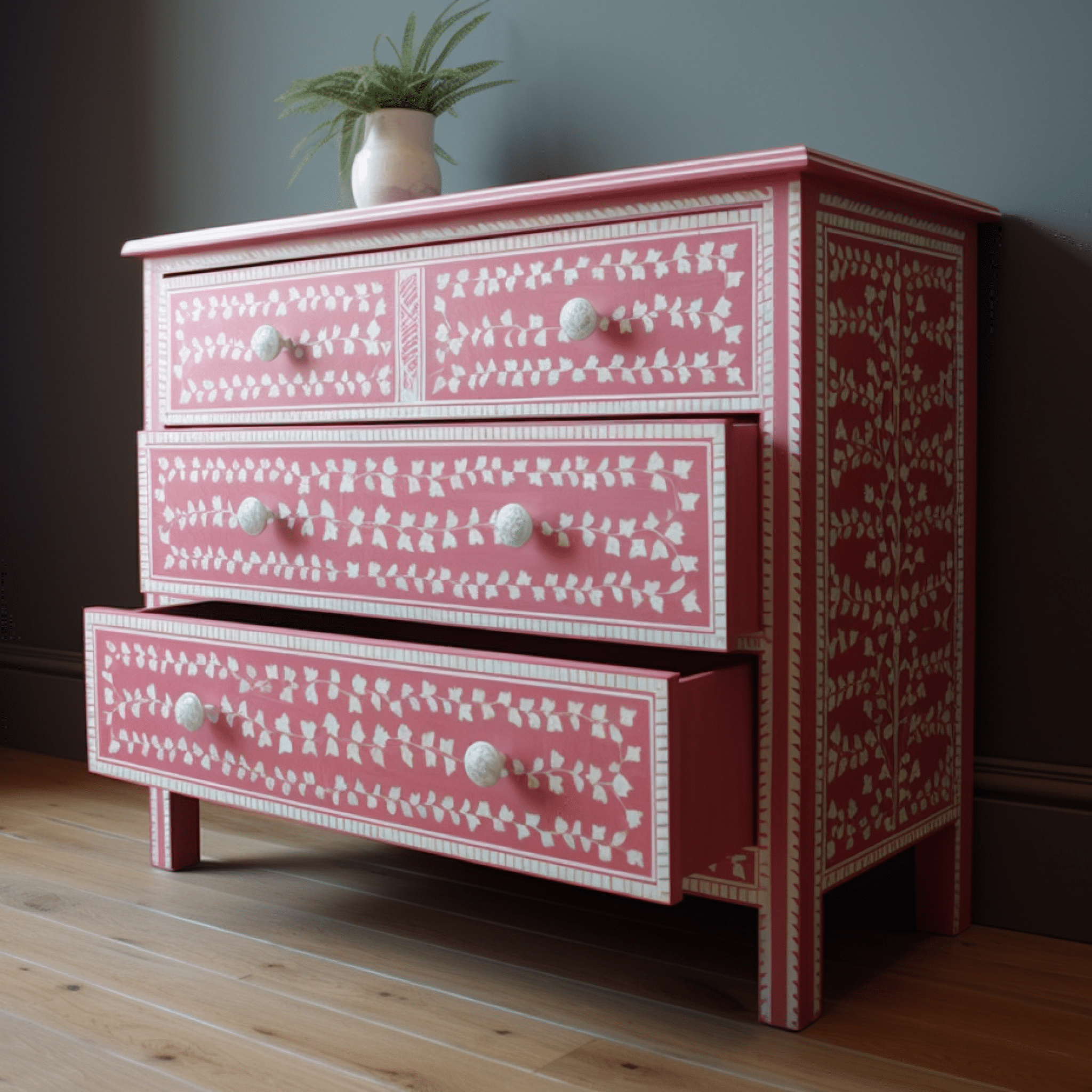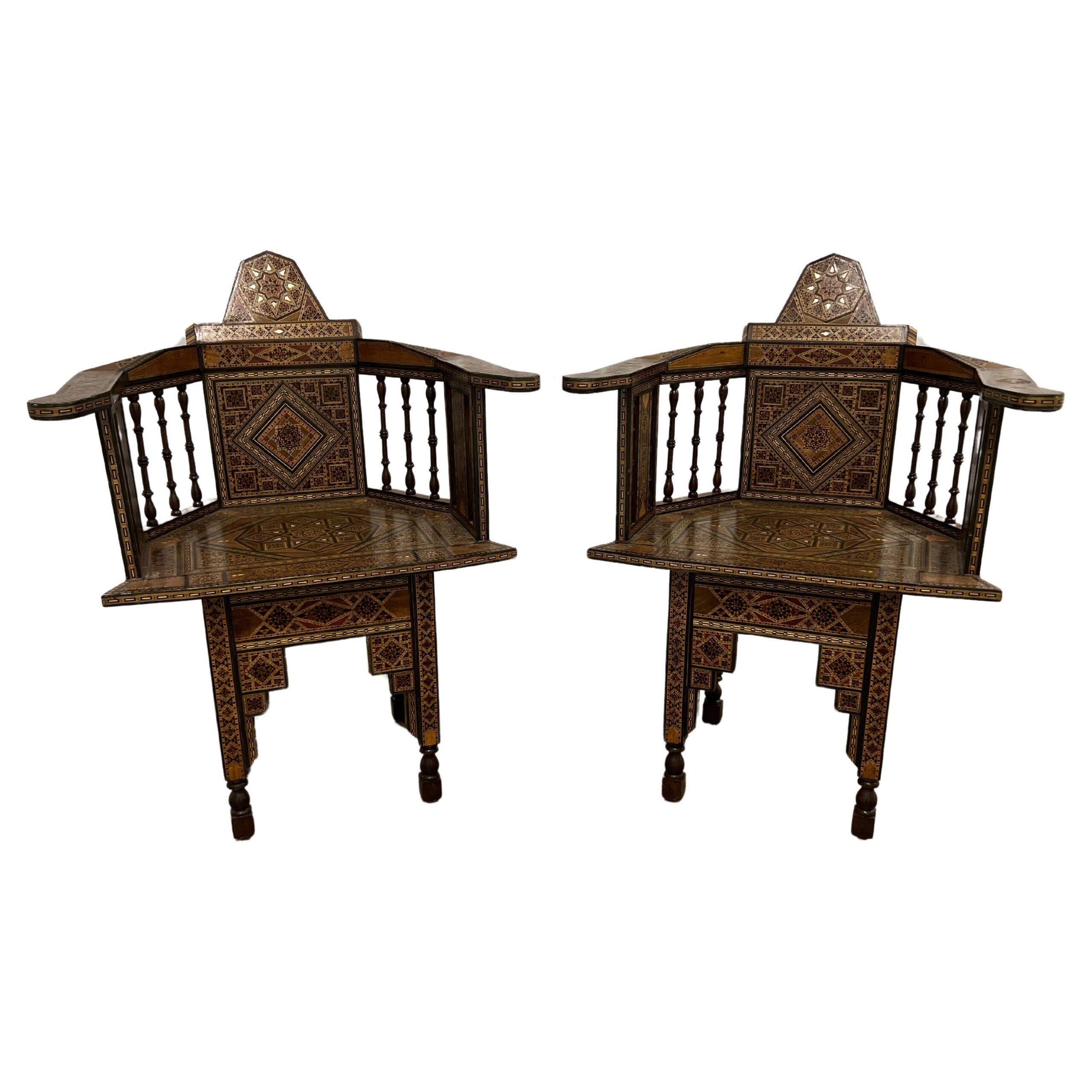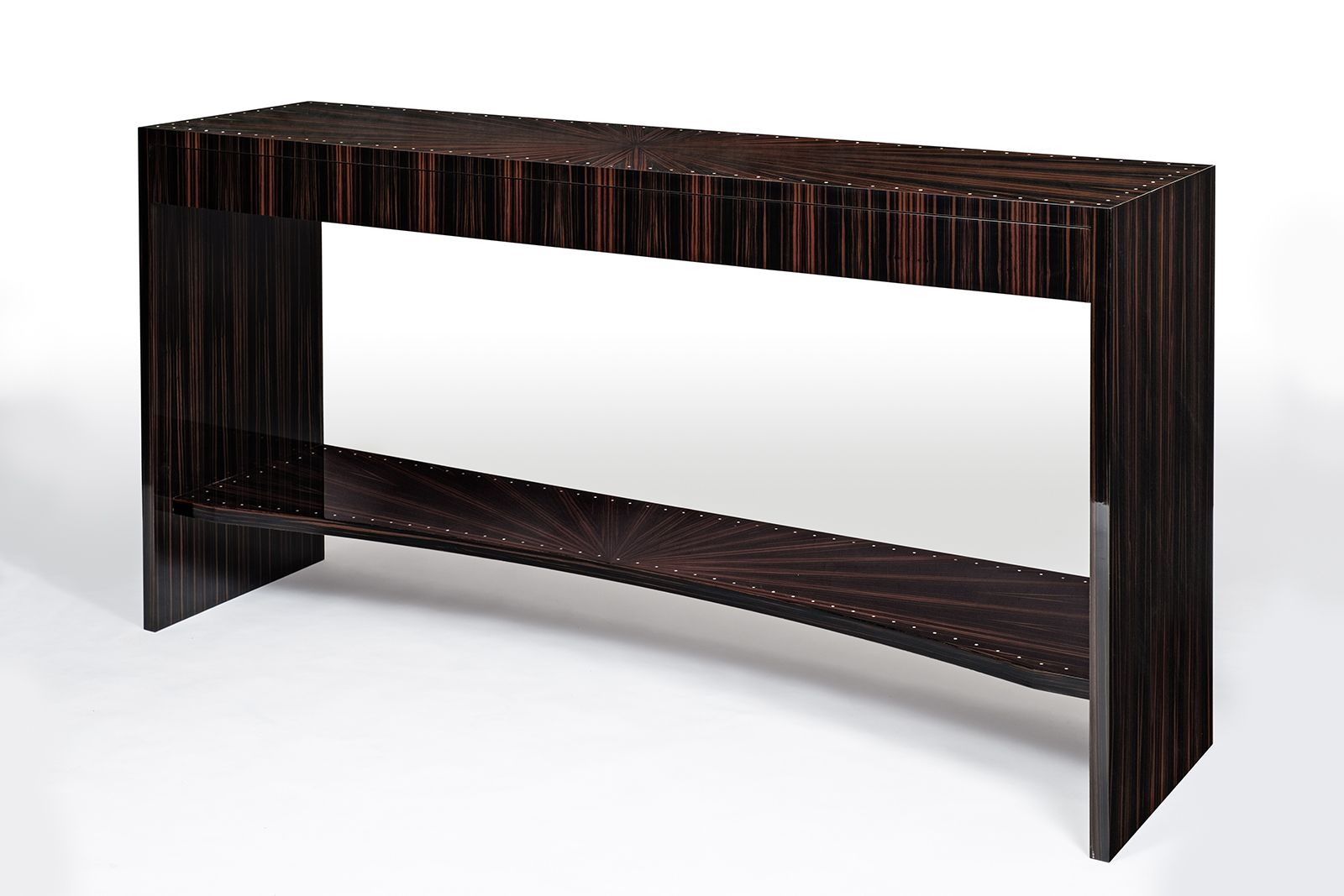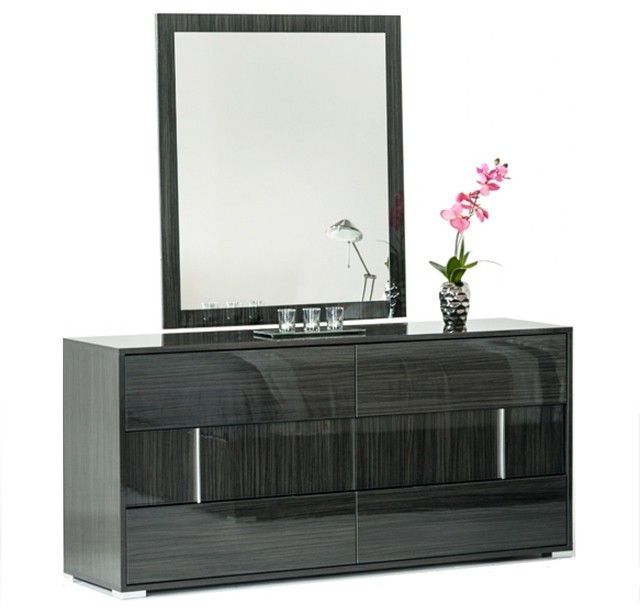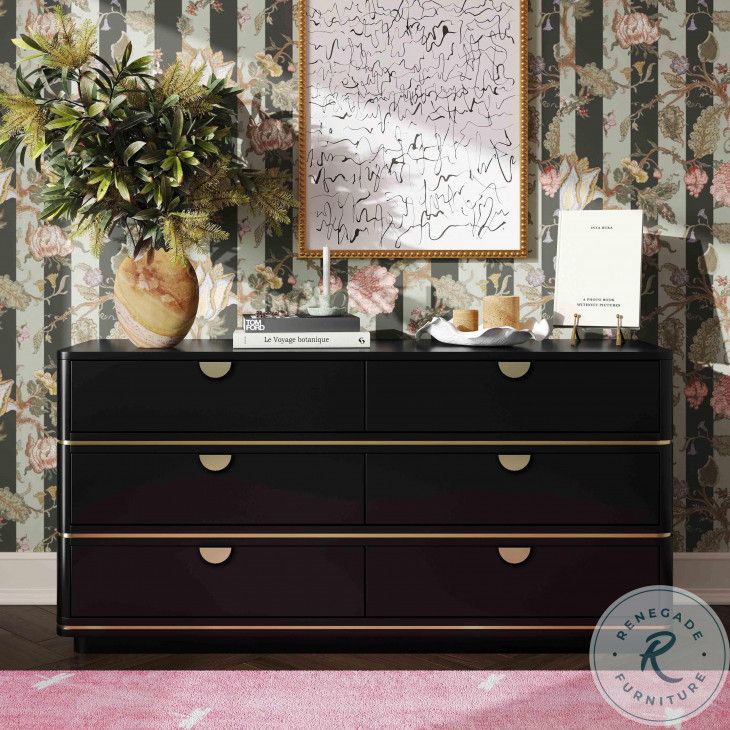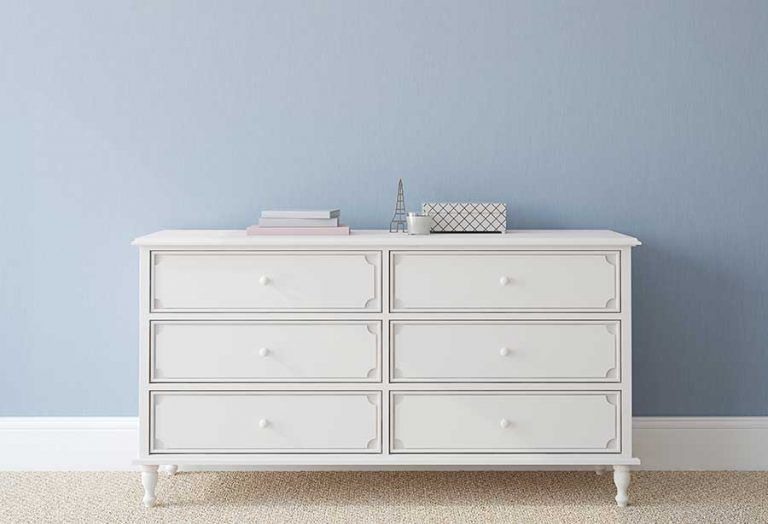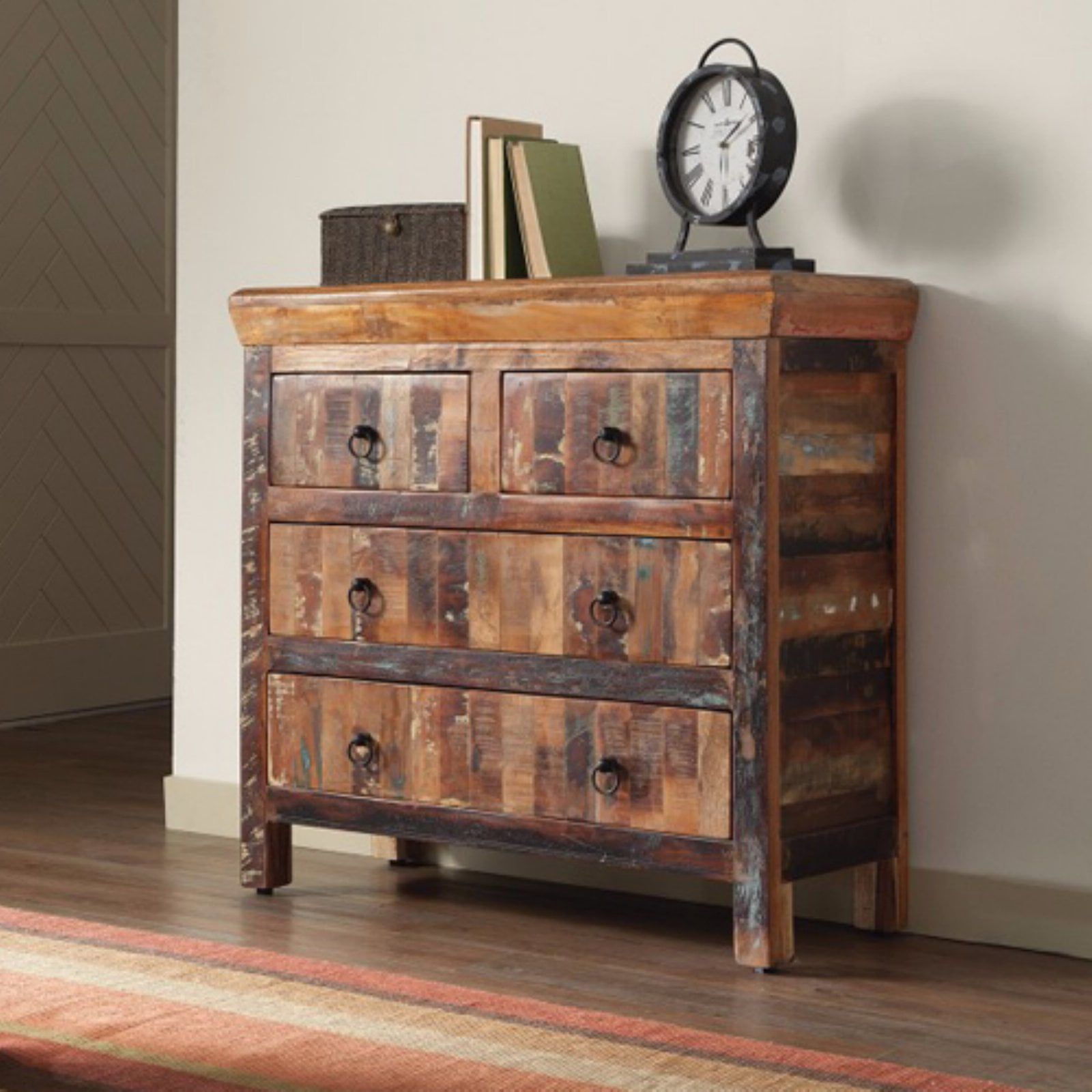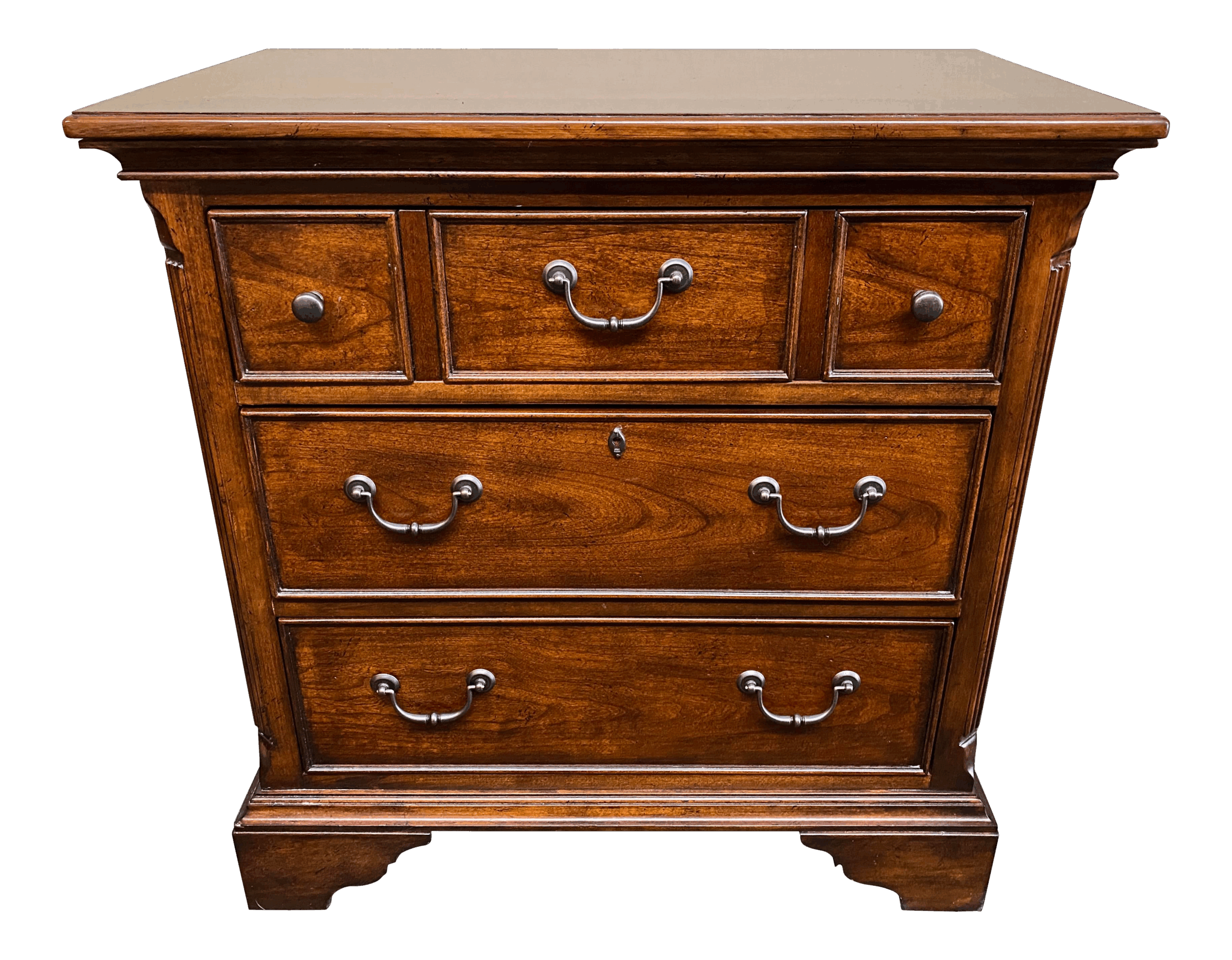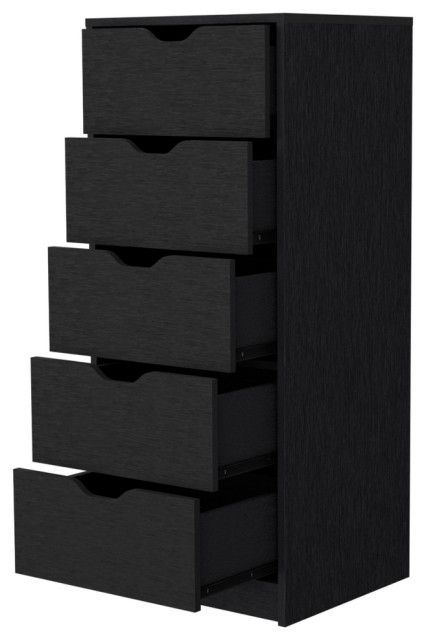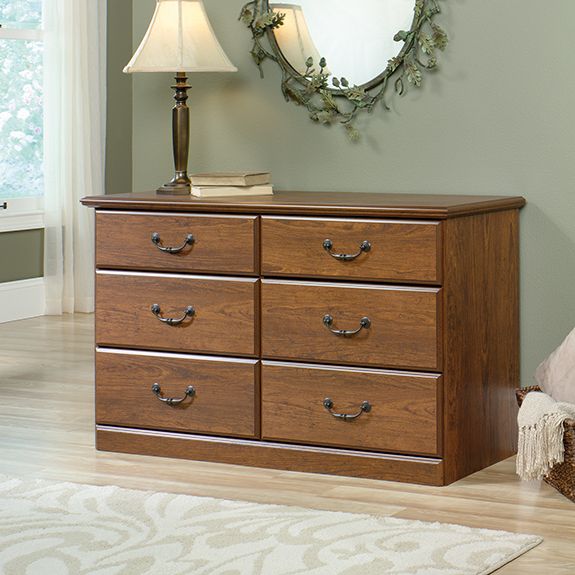As someone who has spent decades immersed in the world of antique furniture, especially those magnificent pieces crafted from ebony and inlaid with shimmering mother of pearl, I can tell you there’s a unique joy in their preservation. These aren’t just pieces of wood and shell; they are storytellers, holding echoes of the past, whispers of intricate craftsmanship and a certain elegance that’s hard to replicate. But like any treasure, they demand a particular type of care to truly flourish and continue their journey through time.
Imagine a piece of furniture, perhaps a grand cabinet or a delicate writing slope, where the deep, almost inky blackness of ebony provides a dramatic stage for the iridescent glow of mother of pearl. It’s a combination that has captivated artisans and collectors for centuries, from ancient Egypt to the opulent salons of Victorian Europe and beyond. The contrast is simply breathtaking, and the craftsmanship often astonishing. But what makes these pieces so special, and more importantly, how do we ensure their beauty isn’t lost to the ravages of time? It’s a question I’m often asked, and one that deserves a genuine, hands-on answer.
Understanding Your Materials: Ebony’s Depth and Mother of Pearl’s Delicacy
Before we dive into the ‘how-to,’ let’s really get to grips with what we’re working with. Ebony, a dense, dark hardwood, is known for its incredible durability and fine grain. It’s not just black; often, it has subtle undertones of brown or even purple. Because it’s so dense, it’s less prone to warping than some other woods, but it can be brittle and susceptible to sudden changes in humidity. Then there’s mother of pearl, the inner lining of certain mollusc shells. It’s a natural wonder, composed of microscopic layers of aragonite, which is what gives it that captivating iridescence. It’s relatively hard, but it can scratch, chip, or even delaminate if not treated with respect. Understanding these inherent qualities is the first step in successful preservation.
The Golden Rule: Environment is Everything
Think of your ebony and mother of pearl furniture as living, breathing entities. They are highly sensitive to their surroundings. The biggest culprits for damage are extreme fluctuations in temperature and humidity. A stable environment is paramount. Aim for a consistent room temperature, ideally between 68-72 degrees Fahrenheit (20-22 Celsius), and a relative humidity of 45-55%. Too dry, and the ebony can crack or shrink, causing the mother of pearl inlays to loosen or pop out. Too humid, and you risk swelling, warping, and even mold growth. Avoid placing these pieces near radiators, air conditioning vents, fireplaces, or in direct sunlight. Sunlight, especially, can bleach the ebony and dull the nacreous lustre of the mother of pearl over time. It’s a slow, insidious damage, so be vigilant!
Gentle Cleaning: Less is Truly More
When it comes to cleaning, remember the mantra: gentle, gentle, gentle. For routine dusting, a soft, lint-free cloth or a very soft, natural-bristle brush is all you need. Avoid feather dusters, as they can scratch. For more stubborn grime on the ebony, a slightly damp cloth (dampened with distilled water, not tap water, as minerals can leave residue) can be used, but always dry immediately with another soft cloth. Never use harsh chemical cleaners, abrasive polishes, or silicone-based sprays. These can strip the original finish, damage the ebony, and dull or even etch the mother of pearl. For the mother of pearl itself, a soft, damp cloth is usually sufficient. If there’s a bit more dirt, a tiny drop of mild dish soap diluted in water can be used, but wipe it off immediately and dry thoroughly. And I mean immediately. Don’t let water sit on the surface.
Nourishing and Protecting: The Right Polish and Wax
This is where many people go wrong. The goal isn’t to make your furniture gleam like a new penny; it’s to nourish the wood and protect the surface. For ebony, a good quality, natural beeswax polish or a specific furniture wax designed for dark woods is ideal. Apply it sparingly with a soft cloth, working it into the grain, and then buff gently to a soft sheen. This helps to moisturize the wood and provide a layer of protection. Do this perhaps once or twice a year, not more. For the mother of pearl, generally, it doesn’t need polishing. Its natural lustre comes from its structure. If it looks dull, it’s likely surface dirt, which a gentle cleaning will resolve. Never use abrasive polishes or metal polishes on mother of pearl – you’ll ruin its beautiful iridescence.
Handling and Moving: A Delicate Dance
Ebony and mother of pearl pieces, especially older ones, can be surprisingly fragile. When moving them, always lift from the strongest points, usually the base or frame, and never drag or push. If a piece has drawers or doors, secure them first so they don’t swing open and cause damage. For larger items, it’s always best to have two people. Avoid putting heavy objects on top of delicate surfaces, and if you must, use protective felt pads. Remember, every bump or jolt is a potential crack or chip, particularly for the intricate inlays.
When to Call a Professional: Knowing Your Limits
There will be times when a piece needs more than just routine care. If you notice loose inlays, significant cracks in the ebony, or extensive damage to the finish, it’s time to call in a professional conservator or restorer specializing in antique furniture and marquetry. Attempting complex repairs yourself without the right knowledge or tools can often cause more harm than good. A good conservator can assess the damage, recommend the best course of action, and perform repairs that maintain the integrity and value of your treasured piece. They understand the nuances of historical materials and techniques, which is crucial for authentic preservation.
Caring for your ebony and mother of pearl furniture is more than just maintenance; it’s an act of guardianship. Each piece is a fragment of history, a testament to human artistry and ingenuity. By providing the right environment, employing gentle cleaning techniques, and knowing when to seek expert help, you’re not just preserving a possession; you’re ensuring that these silent storytellers can continue to share their tales for generations to come. It’s a rewarding responsibility, one that connects us directly to the craftsmanship of the past and allows us to be a part of their ongoing journey. So, treat them with the respect they deserve, and they will continue to enrich your home and your life with their enduring beauty.
